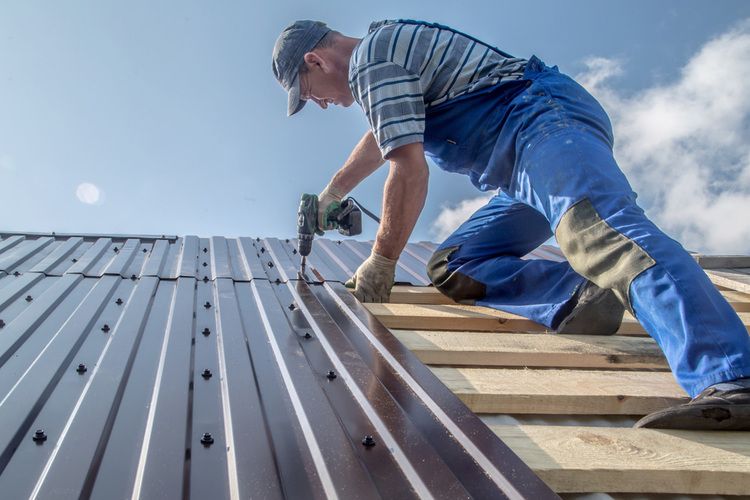
When you notice something's not quite right with your roof—maybe a few shingles have gone AWOL, or there's a suspicious drip during a rainstorm—you're faced with a big decision. Should you patch things up with a repair, or is it time to bite the bullet and go for a full roof replacement? Both options have their pros and cons, but understanding what drives the cost of each can help you make the best choice for your home and your wallet.
Let’s break it down.
Roof Repair Costs: What to Expect
Extent of the Damage:
The bigger the problem, the bigger the bill. If it's just a couple of missing shingles or a minor leak, you're probably looking at a relatively small expense. But if the damage is widespread or severe, those costs can start adding up.
Materials and Labor:
The type of roofing material you have, and the labor required for the job are key factors. Basic repairs with common materials are usually more affordable. But if you’ve got a specialized roof, like slate or metal, repairs might be pricier.
Age of Your Roof:
As roofs get older, they naturally require more attention. If your roof is nearing the end of its life, repairs might become a frequent (and costly) necessity.
Regular Maintenance:
Taking care of your roof with regular maintenance can keep those repair costs down. On the flip side, if maintenance has been put off, you might be looking at more significant issues—and a bigger bill to fix them.
Roof Replacement Costs: The Bigger Picture
Roof Size and Complexity:
The bigger and more complex your roof, the more expensive it will be to replace. A large or intricate roof means more materials and more labor, which translates to a higher overall cost.
Choice of Roofing Material:
Your choice of materials will significantly impact the price. Asphalt shingles, for example, are generally more budget-friendly than something like metal or slate.
Tear-Off vs. Overlay:
You might have the option to lay new shingles over the existing roof, known as an overlay, which can be cheaper than a full tear-off. However, this isn’t always recommended. Many insurance companies prefer roofs without multiple layers due to concerns about the roof’s weight and overall integrity. Plus, if your roof is already old, layering on top might not be the best long-term solution.
Insurance Considerations:
The age of your roof can also impact your homeowners insurance coverage. Many insurance companies base their coverage options on the age of your roof. For newer roofs, they often offer replacement cost coverage, which covers the full cost of a new roof if yours is damaged by a covered peril. However, as your roof ages—typically once it hits the 10-15 year mark—insurers might only offer Actual Cash Value (ACV) coverage. ACV coverage takes depreciation into account, meaning you may receive a payout that is significantly less than the cost of a new roof. The specific age at which insurers switch to ACV coverage varies, so it’s important to check with your insurance company to understand your policy.
Roofing Accessories and Upgrades:
Adding extras like skylights, better ventilation, or upgraded insulation can also bump up the cost of a replacement. While these upgrades can be great for energy efficiency and comfort, they’re worth considering as part of your budget.
Labor Costs and Location:
Where you live matters, too. Labor costs can vary widely depending on your region, which will impact your overall roof replacement cost.
So, How Do You Decide?
Start by considering the age and condition of your roof. If it’s relatively new and the damage is minor, a repair might be the way to go. However, if your roof is getting up there in years, you might want to weigh the long-term costs. Frequent repairs can add up, and at some point, a full replacement might make more financial sense.
Also, think about your budget, energy efficiency, curb appeal, and how long you plan to stay in your home. A replacement could be a smart investment in the long run, even if it costs more upfront.
One important thing to remember: Homeowners insurance is not a maintenance policy. It’s designed to cover sudden and unexpected damage, not routine wear and tear. As always, this article doesn’t cover every detail you might need to consider when deciding between a repair or a replacement. It’s a good idea to consult with both a professional roofing contractor and your insurance agent to make the most informed decision for your home.
